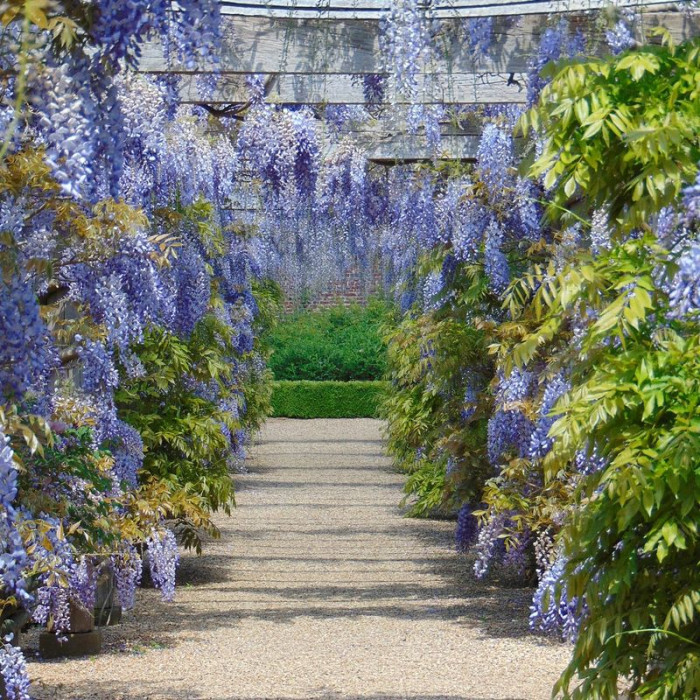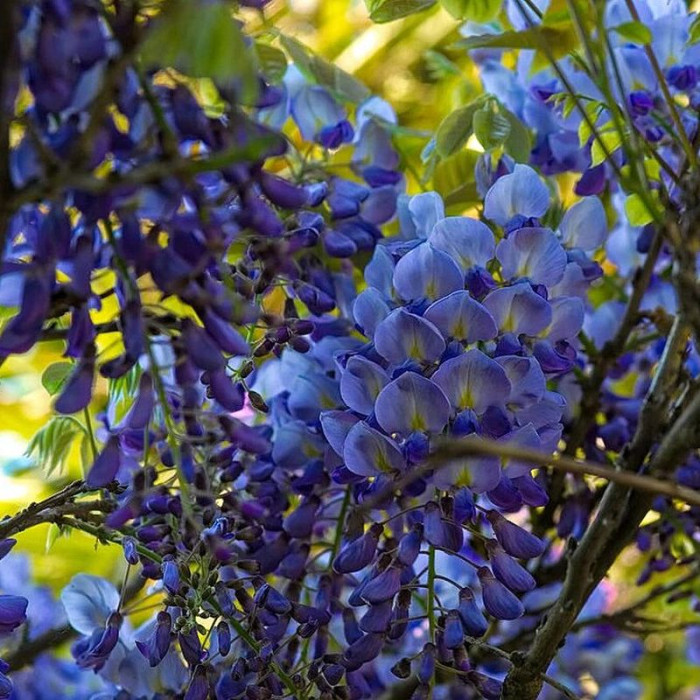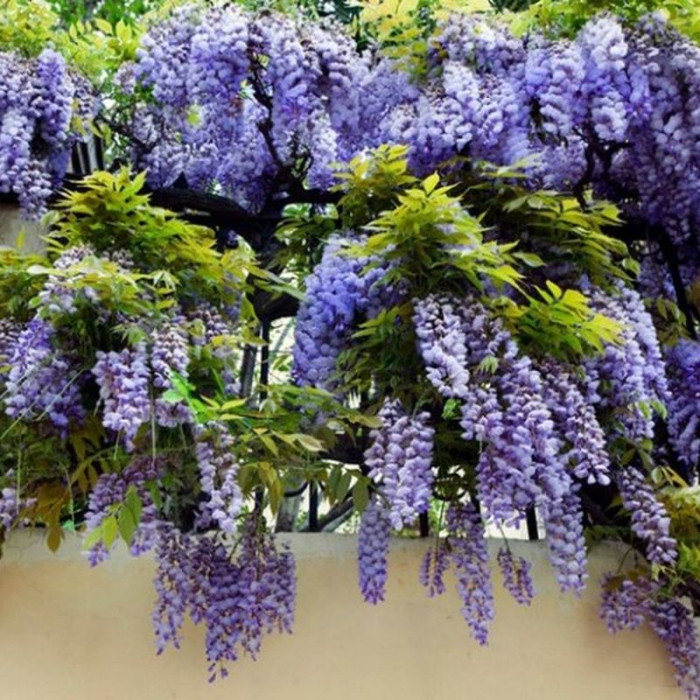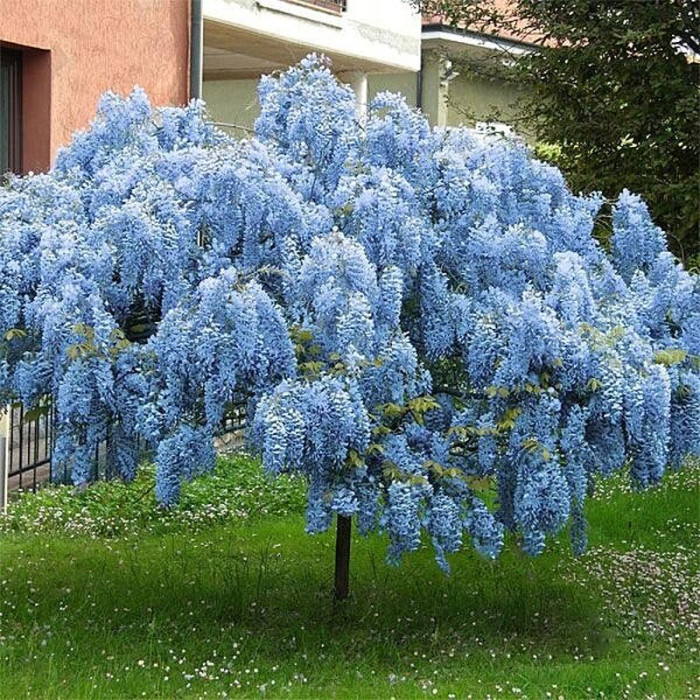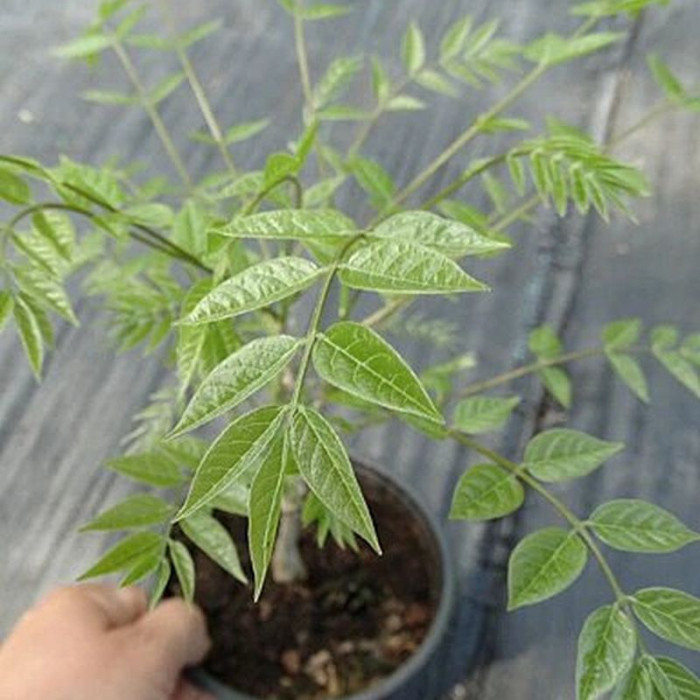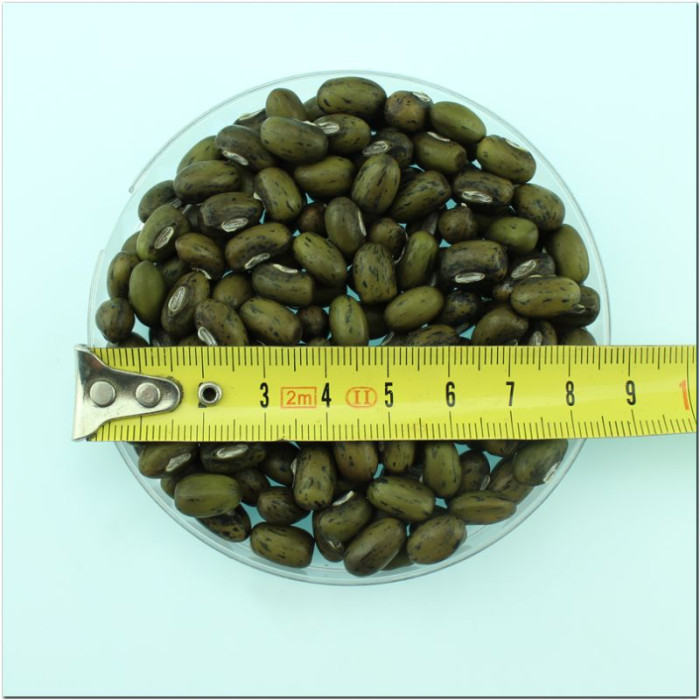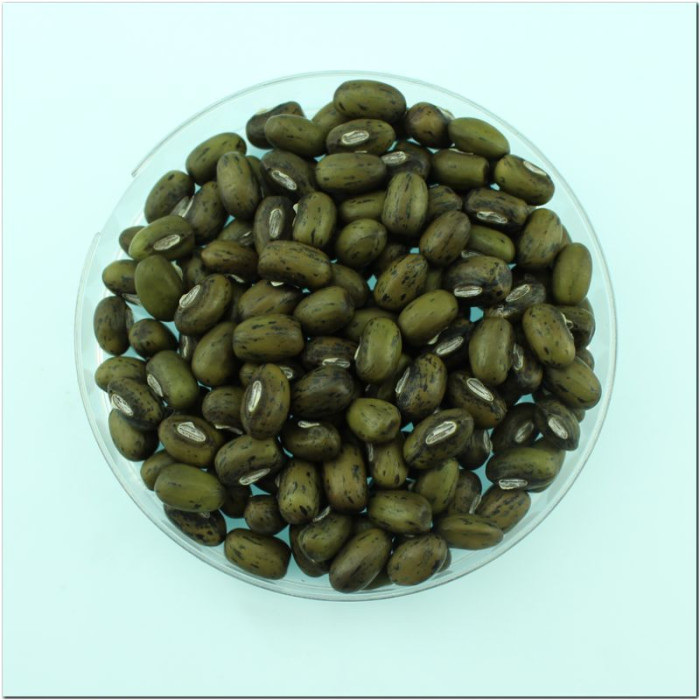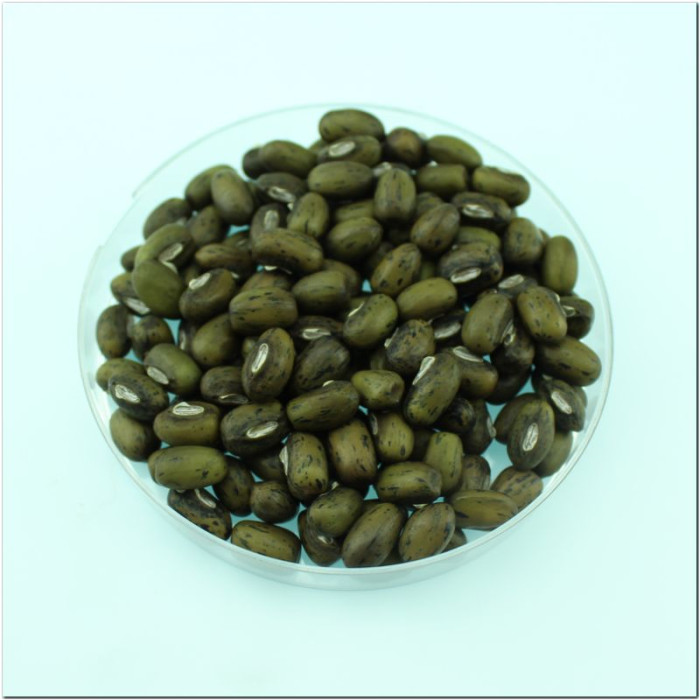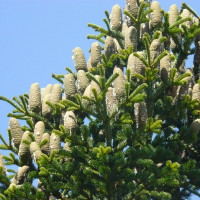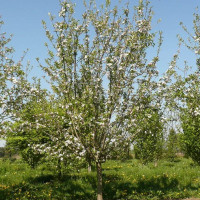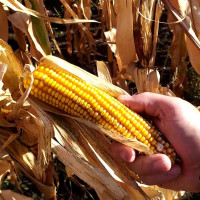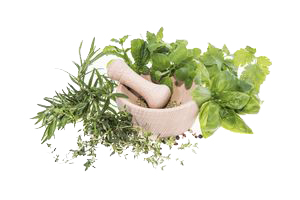Wisteria «Blue Moon» / Wisteria macrostachya
The most beautiful plant among perennial vines. Plant height can reach 6-7 meters, sometimes more. The flowers of an unusual shape, light blue with a pale yellow throat, are collected in clusters, similar to grapes, from 15 to 30 cm long. The flower is spectacular and fragrant. The foliage is glossy, dark green, complex: from 7-9 pairs of leaflets. The leaves are alternate, compound pinnate. The fruits are brown in color, collected in pods resembling beans.
Wisteria macrostachia "Blue Moon" is the most winter-hardy variety obtained in N. Minnesota and can withstand frosts down to -40 ° C (USDA zone 4); . It is used for vertical decoration of pergolas, arbors, fences, balconies and other places. Can be grown both in the garden and in containers as a winter dormant houseplant.
It does not need pruning to bloom, but blooms best in full sun. Wisteria 'Blue Moon' can bloom up to three times in its growing season after rooting, producing beautiful 30 cm long tufts of fragrant lavender-blue clusters of flowers.
Soil: fertile, moist, well-drained.
Wisteria can cover the walls of buildings, arbors, arbors or lattices near the terrace. Can grow near water bodies. Large trees can serve as a support for the plant - it will climb on them, giving an interesting effect, especially during the flowering period.
A key part of wisteria care to ensure profuse flowering is regular pruning of this lush vine. Starting in July and ending in August, cut off the long shoots this year, leaving about 15-20 cm at the base. We give more freedom to young plants whose crowns are formed by laying out this year's growths on supports. The second time pruning of wisteria is carried out in early spring, when the buds begin to swell. Then we cut off diseased, frozen and without healthy buds shoots, as well as all branches that interfere with the pleasant habit of climbing.
2-3 years after planting, we cut off the main guide to a height of up to one meter and remove the side shoots. In summer, when the plant develops new side shoots, place the two strongest ones attached to supports, preferably at an angle of about 45°. We cut them to the height of three or four healthy buds. Also cut off the end of the guide. We remove the lower branches.
REMEMBER!! The cut stimulates the plant to bloom.
Wisteria is characterized by very intensive growth - shoots grow even more than 3 meters per season, therefore high nutrient requirements. Feed annually with compost or composted manure. With the mineral fertilizer wisteria, nitrogen should be avoided, which the plant effectively absorbs due to bacteria located on the roots. However, the most important components of mineral fertilizers should be potassium and phosphorus. Wisteria is sensitive to overdrying. During the drought period, it should be systematically watered.
Wisteria is not harmful to polluted city air. In the first three years after planting, it should be covered with agrotextile, and even better - with an ordinary straw mat.
It usually blooms 2-3 years after planting.

No questions about this product, be the first and ask your question.


